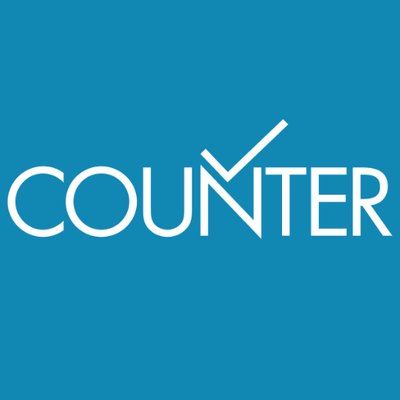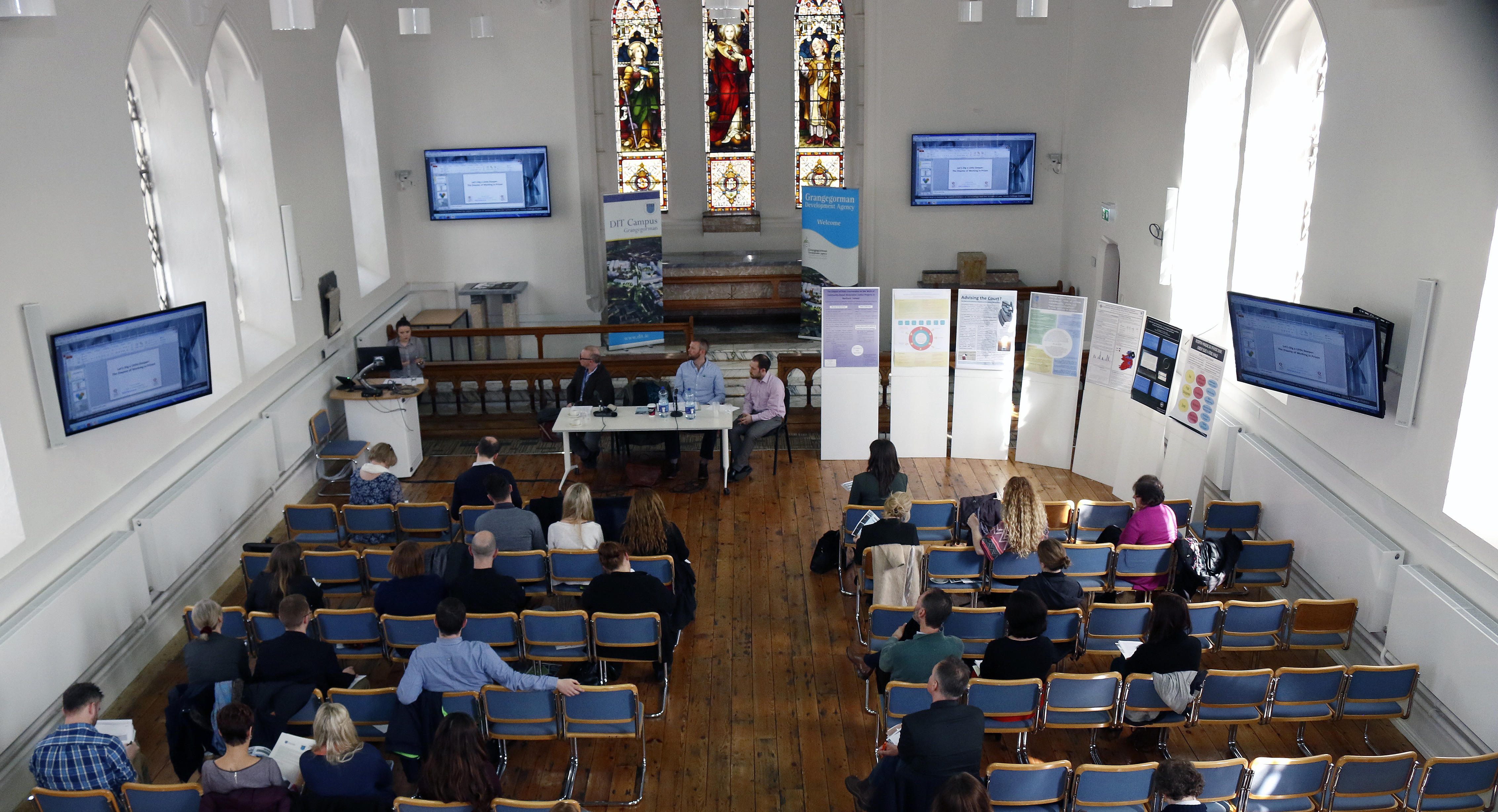LIR Seminar: “Deciphering Data: Informing Decision-making, Transforming User Experience” December 5th
The seminar is free to all paid-up LIR members. For attendees from non-LIR member organisations, the attendance fee is €100. Submit a purchase order number at time of registration and your institution will be invoiced for the fee.
Registration is now closed. Contact Committee Members if you have any questions ahead of the seminar.
Keynote Speakers

What’s the Big Deal? Counting what counts
Cathal McCauley

JISC Library Analytics Services
Jo Lambert

COUNTER – new possibilities with release 5
Daniel Albertsson
The Swedish University of Agricultural Sciences, Executive Committee Member; COUNTER.
Programme (Linked to PowerPoint Presentations)
| 09:30 | Registration & tea/coffee | |
| 09:55 | Seminar opening | |
| 10:00 | What’s the Big Deal? Counting what counts | Cathal McCauley |
| 10:45 | COUNTER – new possibilities with release 5 | Daniel Albertsson |
| 11:15 | Q&A | |
| 11:25 | Break | |
| 11:45 | Netsearch | |
| 12:15 | Decoding the Data Maze | Rose Buttimer |
| 12:45 | Q&A | |
| 12:55 | Lunch | |
| 13:40 | JISC Library Analytics Services | Jo Lambert |
| 14:10 | Using data to fill an ‘ARC’ | Cora Gleeson |
| 14:25 | Modelling Shelf Space from Catalogue Metadata | Joe Nankivell |
| 14:40 | Inside the work of the IReL Monitoring Group | Rose Buttimer, Aaron Binchy |
| 14:55 | Data-informed collections management and GreenGlass in UCD Library | Catherine Ryan |
| 15:10 | Q&A | |
| 15:20 | Seminar close followied by AGM |
Getting There
The map below gives a broad perspective of where Grangegorman is located in Dublin. For those who want to know how to get to this free conference, there is a detailed description of how to get to Grangegorman on the DIT website.
St Laurence's Chapel
Expressions of Interest:
Expressions of interest and proposals for short presentations (20 minutes) should be forwarded to LIRCTTE@LISTSERV.HEANET.IE by Friday 28th September. Proposals for presentations should be limited to 200 words.
About the Venue, St. Laurence’s Chapel
This Gothic Revival chapel was built in 1850, on the site west of Grangegorman Lower along with two matching infirmaries on either side as part of the Richmond Lunatic Asylum. It served both Roman Catholic and Church of Ireland patients in the hospital, until a dedicated Church of Ireland chapel was constructed later.
Today, the Chapel serves as a multi-purpose space that is used for exhibitions, rehearsals, workshops, speakers, receptions, meditation as well as religious service.
Talk Abstracts
What’s the Big Deal? Counting what Counts - Cathal McCauley
COUNTER – new possibilities with release 5 - Daniel Albertsson
 COUNTER provides the Code of Practice that enables publishers and vendors to report usage of their electronic resources in a consistent way. This enables libraries to compare data received from different publishers and vendors. A new release of the standard will go live February 2019 (containing January 2019 usage). This talk will give an overview of the new changes and how the new release differs from the current one. Focus will be on the new possibilities for evaluating e-resources based usage statistics.
COUNTER provides the Code of Practice that enables publishers and vendors to report usage of their electronic resources in a consistent way. This enables libraries to compare data received from different publishers and vendors. A new release of the standard will go live February 2019 (containing January 2019 usage). This talk will give an overview of the new changes and how the new release differs from the current one. Focus will be on the new possibilities for evaluating e-resources based usage statistics. NetSearch - Dr Aidan Mooney
Aidan Mooney completed his PhD in the Computer Science department of Maynooth University in 2005. The PhD was entitled “The Generation and Detection of Chaos Based Watermarks”. In 2006 he became a lecturer in the department.
He is the first year coordinator and departmental nominee on the Science Faculty Teaching and Learning committee. He has taught undergraduate and postgraduate courses within the department. He is the MAP academic adviser for the department.
His research interests lie in the areas of Computer Science Education, Eye-tracking, Access learning and Image Processing.
Decoding the Data Maze - Rose Buttimer
JISC Library Analytics Services - Jo Lambert
 Accurate and reliable usage data are critical to support academic libraries in analysis and evaluation of e-resources. Comparable usage statistics help to demonstrate return on investment, to support policy and planning processes, to benchmark against comparable organisations and to support advocacy. Gathering, managing, measuring and analysing usage data to support each of these processes is imperative. However, such activities are time consuming and involve significant duplication of effort, with libraries globally replicating similar tasks. Jisc, a UK educational not-for-profit organisation for digital services and solutions delivers library analytics services which aim to save time, increase efficiency, improve data quality and support comparison and benchmarking. This session will outline recent Jisc developments to show how data, reports and visualisations are supporting new ideas and insights.
Accurate and reliable usage data are critical to support academic libraries in analysis and evaluation of e-resources. Comparable usage statistics help to demonstrate return on investment, to support policy and planning processes, to benchmark against comparable organisations and to support advocacy. Gathering, managing, measuring and analysing usage data to support each of these processes is imperative. However, such activities are time consuming and involve significant duplication of effort, with libraries globally replicating similar tasks. Jisc, a UK educational not-for-profit organisation for digital services and solutions delivers library analytics services which aim to save time, increase efficiency, improve data quality and support comparison and benchmarking. This session will outline recent Jisc developments to show how data, reports and visualisations are supporting new ideas and insights. Using data to fill an ‘ARC’ - Cora Gleeson
Modelling Shelf Space from Catalogue Metadata - Joe Nankivell
Inside the work of the IReL Monitoring Group - Rose Buttimer, Aaron Binchy
Data-informed collections management and GreenGlass in UCD Library - Catherine Ryan

